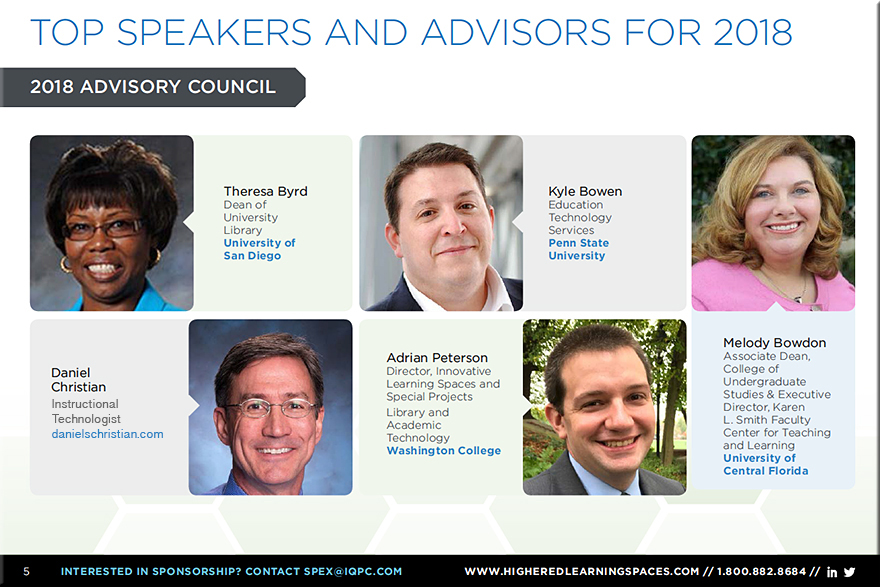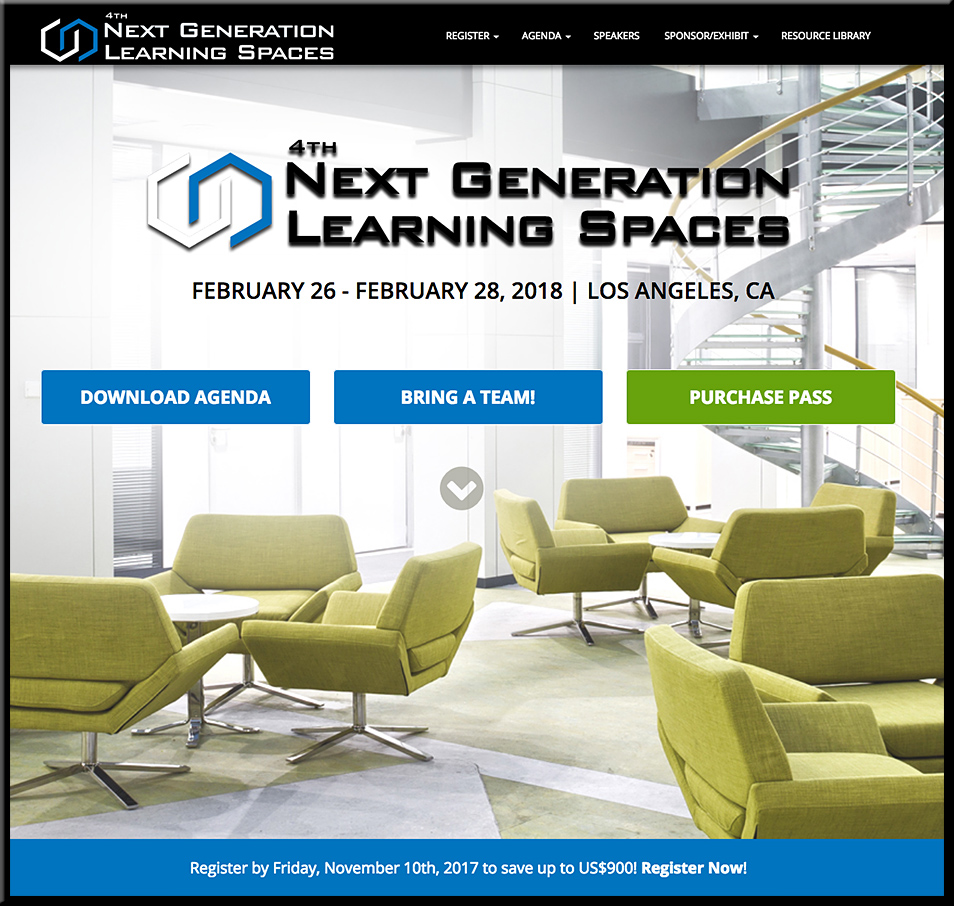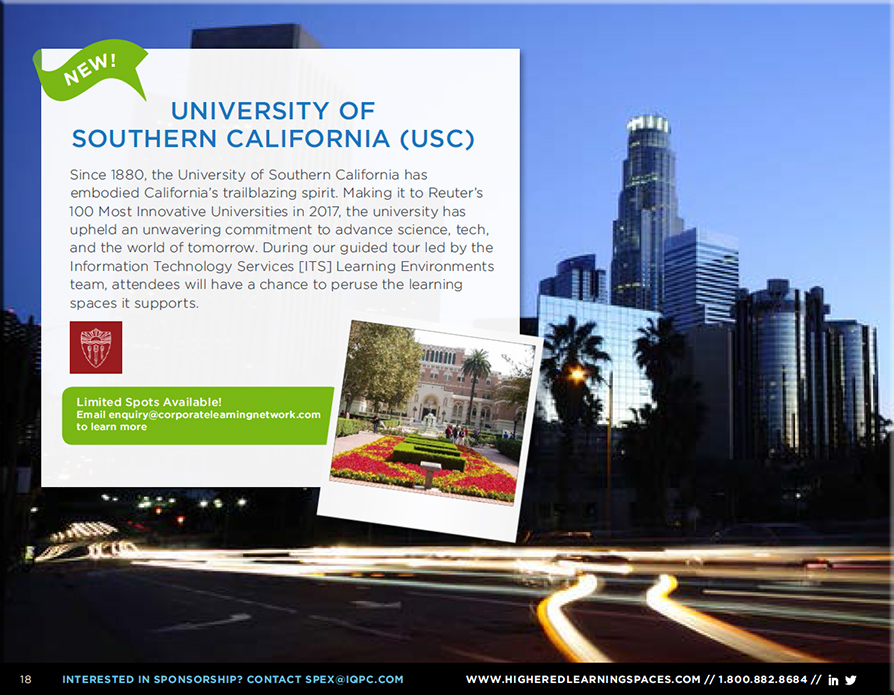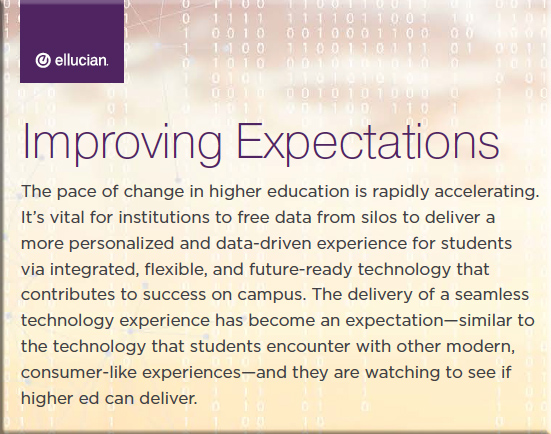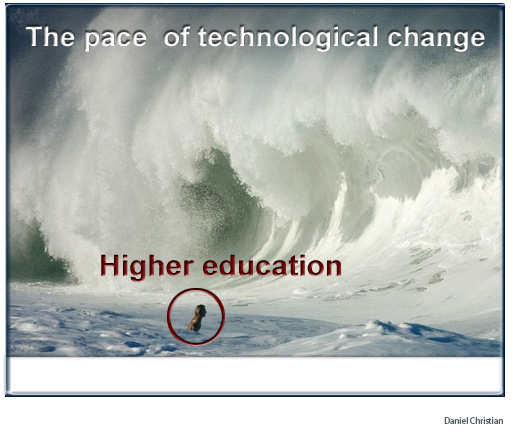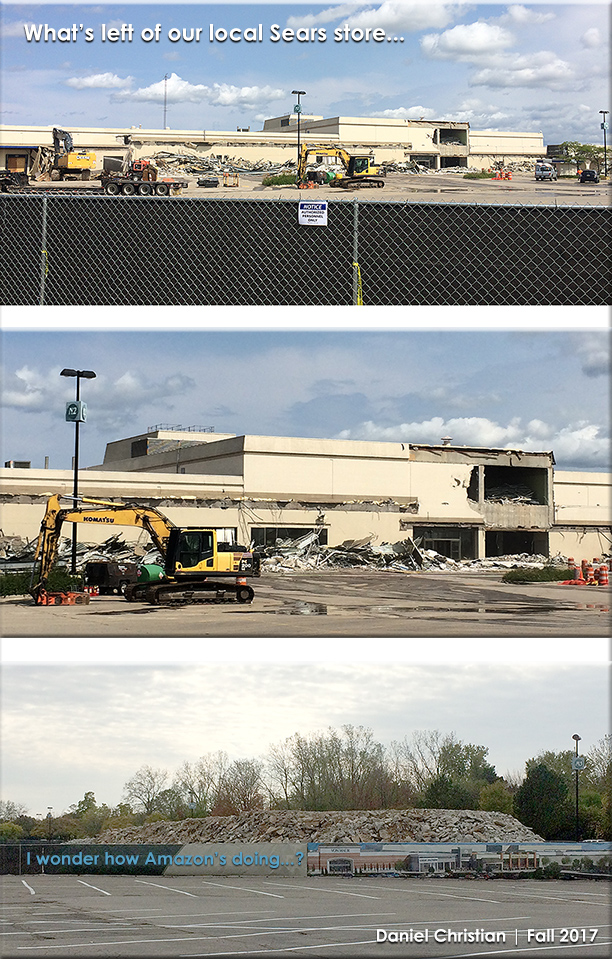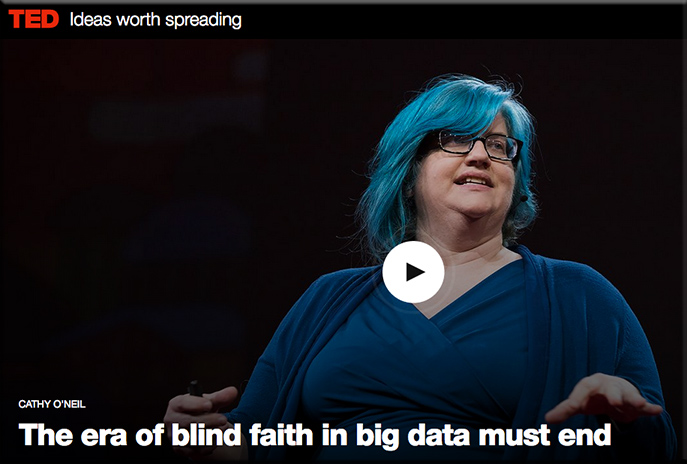LinkedIn’s 2017 U.S. Emerging Jobs Report — from economicgraph.linkedin.com
Excerpt:
Here’s what we found:
- Tech is king: Jobs with the top growth potential are tech-focused, with demand coming from tech and non-tech companies alike. Machine learning engineer, data scientist, and big data engineers rank among the top emerging jobs — with companies in a wide range of industries seeking those skills.
- Soft skills matter: Not all of the emerging tech jobs require technical skills. Sales development representative, customer success manager, and brand partner rank among the top emerging jobs at companies where a technical background is not a necessity. Traditional soft skills like communication and management underpin all of these emerging jobs.
- Jobs with high mobility on the rise: Several top emerging jobs reflect broader societal trends, such as wellness, flexibility and location mobility. More people are getting healthy which could explain why barre instructor featured among our emerging jobs. Not quite as surprising, licensed realtors ranked highly as the post-Great Recession recovery of the real estate market rolls forward. Just in the past year, the number of licensed realtors has surged 40 percent. These type of roles tend to be more widely distributed across U.S. regions.
- Low supply of talent for top jobs: Data scientist roles have grown over 650 percent since 2012, but currently 35,000 people in the US have data science skills, while hundreds of companies are hiring for those roles – even those you may not expect in sectors like retail and finance – supply of candidates for these roles cannot keep up with demand.
- Future-proofing skills is critical: Some of these emerging skills didn’t even exist five years ago, and many professionals are not confident their current skill set will be relevant within the next 1-2 years.
Software engineers are feeding into nearly all of these emerging jobs.
Even further, it’s estimated that 65% of children entering primary school today will ultimately hold jobs that don’t yet exist.
Future-proofing skills is critical: Some of these emerging skills didn’t even exist five years ago, and many professionals are not confident their current skill set will be relevant within the next 1-2 years.
Also see:
- The Fastest-Growing Jobs in the U.S. Based on LinkedIn Data — from blog.linkedin.com by Rachel Bowley











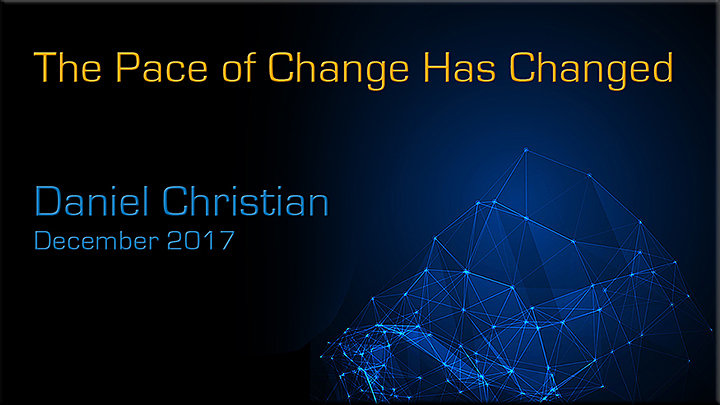
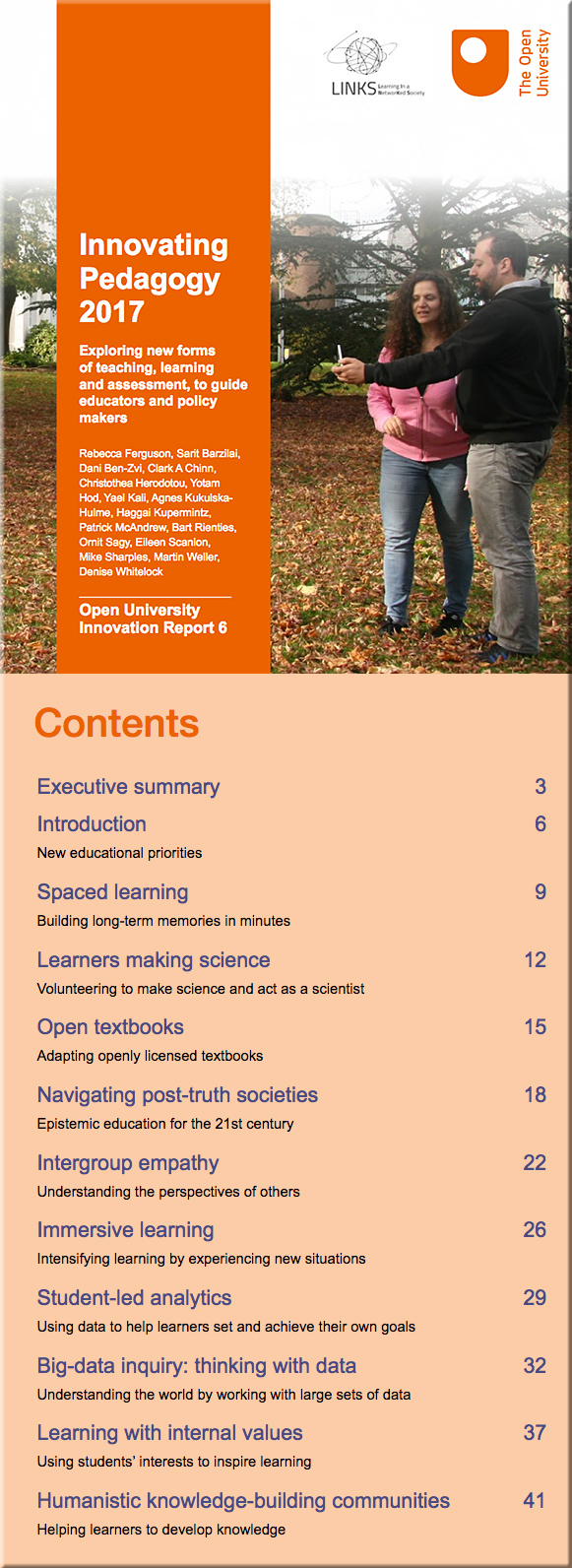
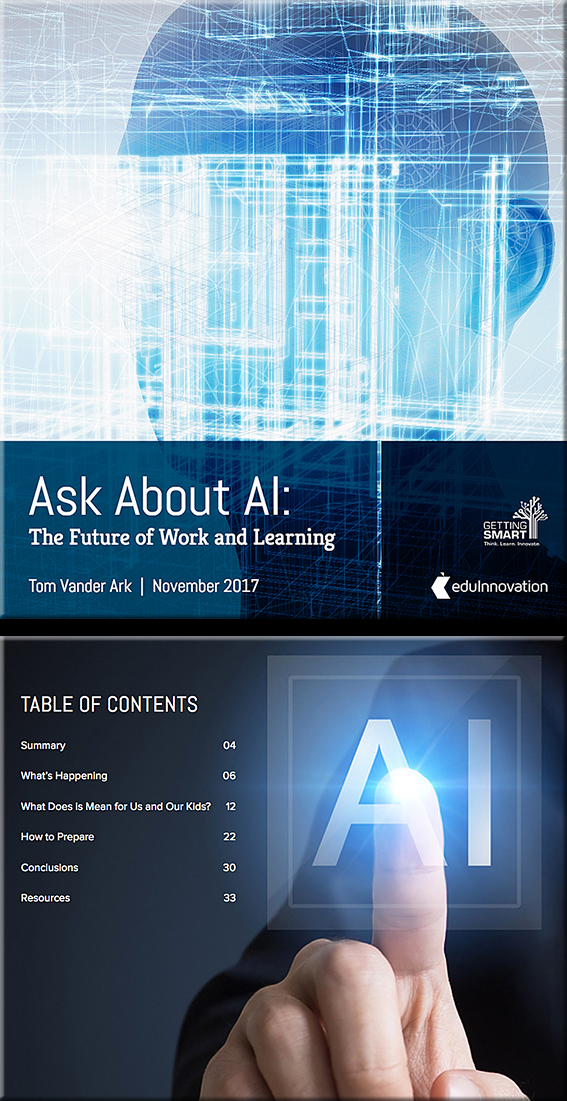
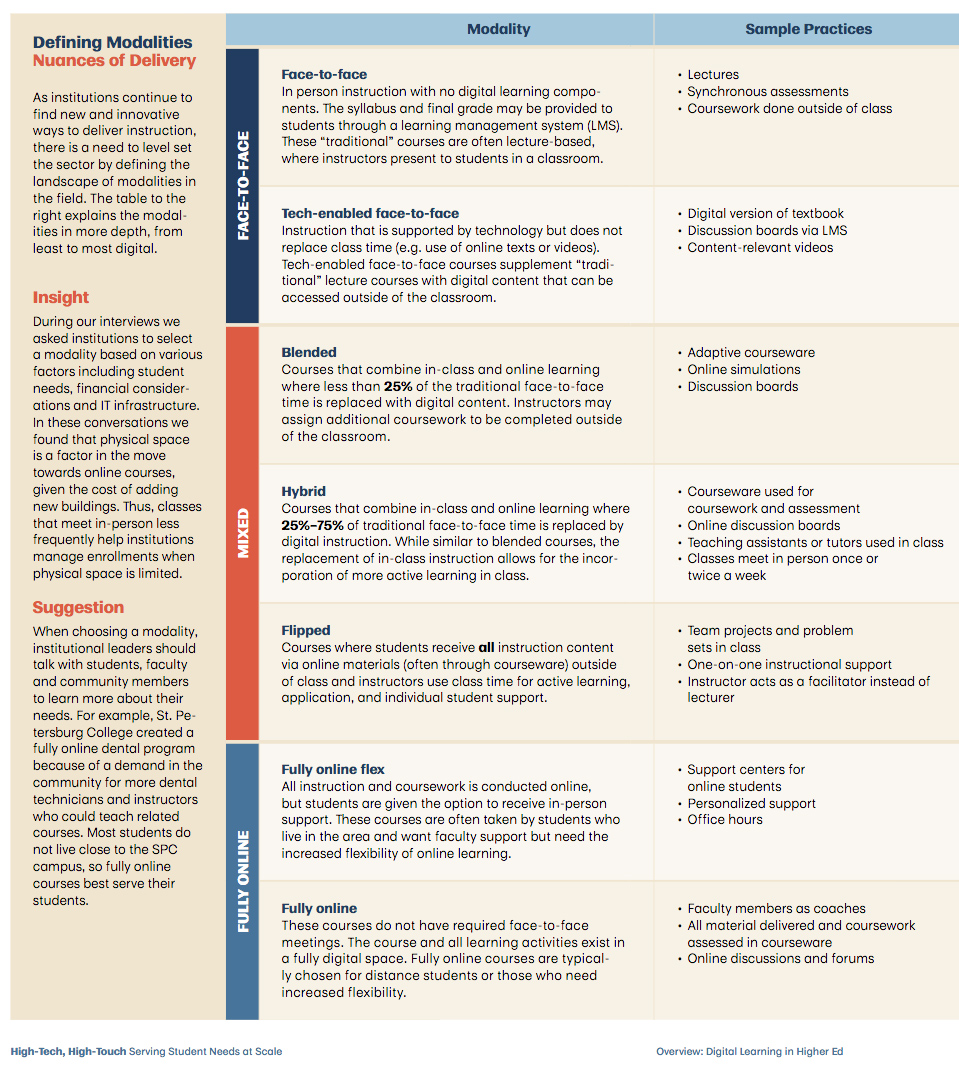
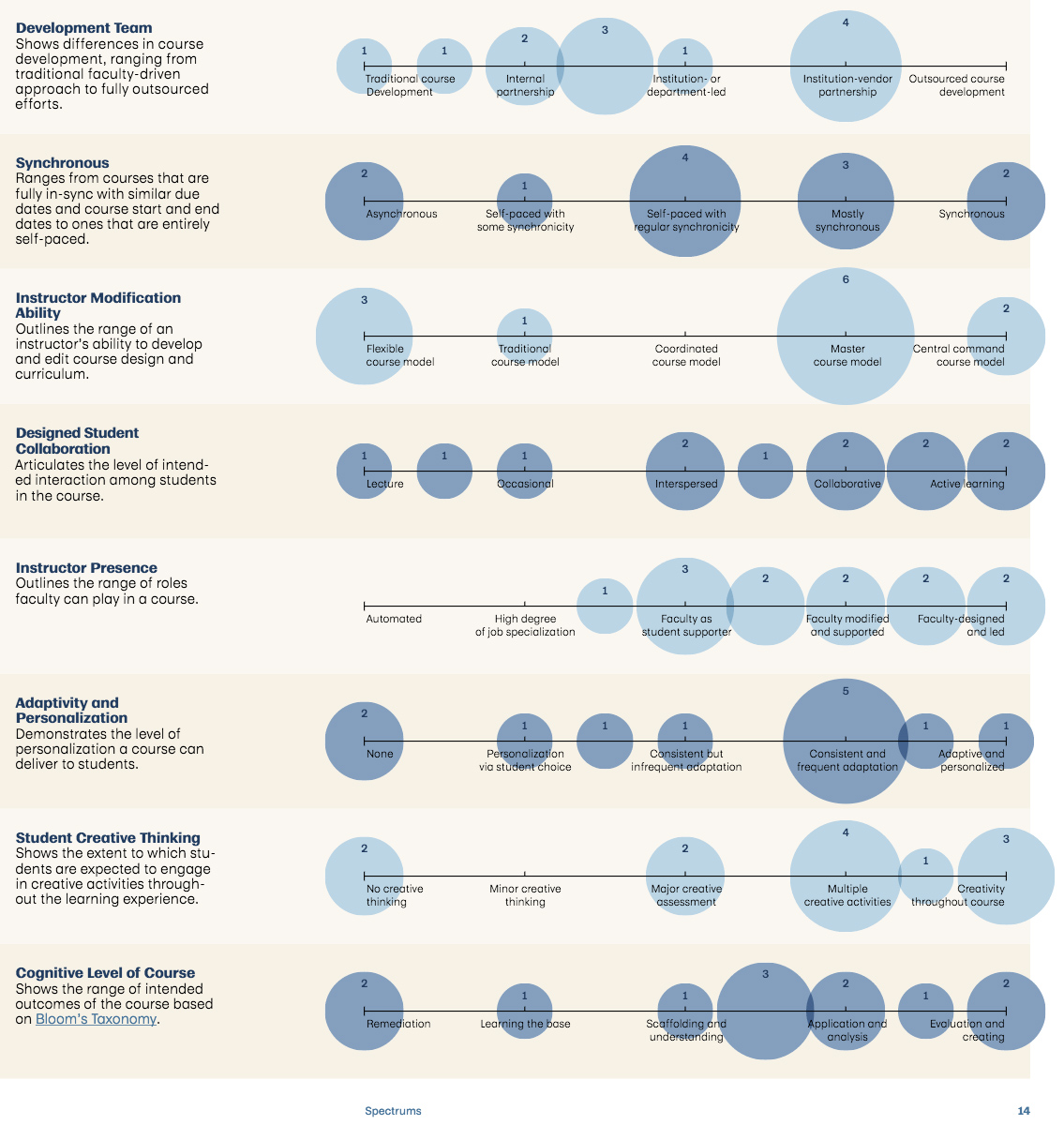
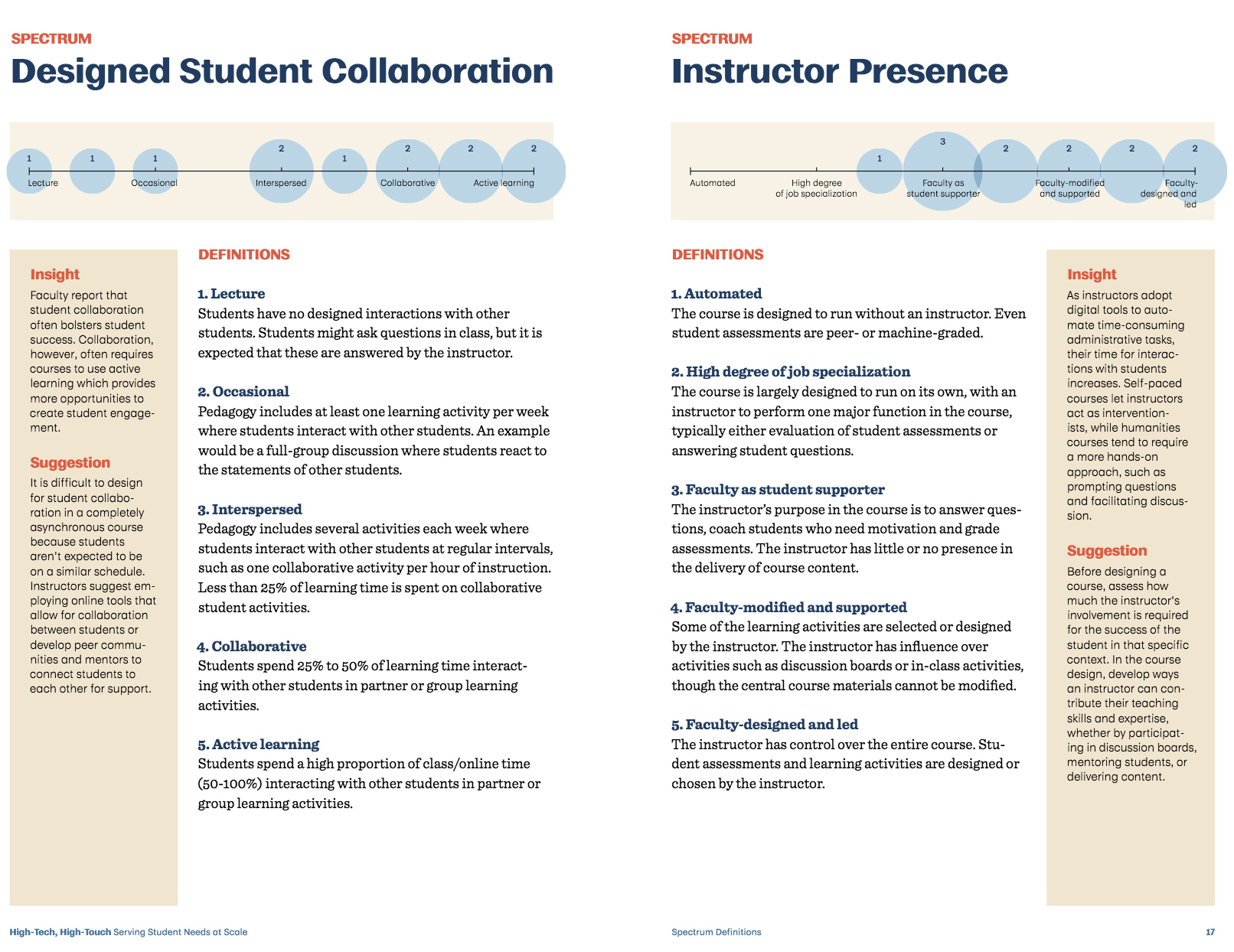
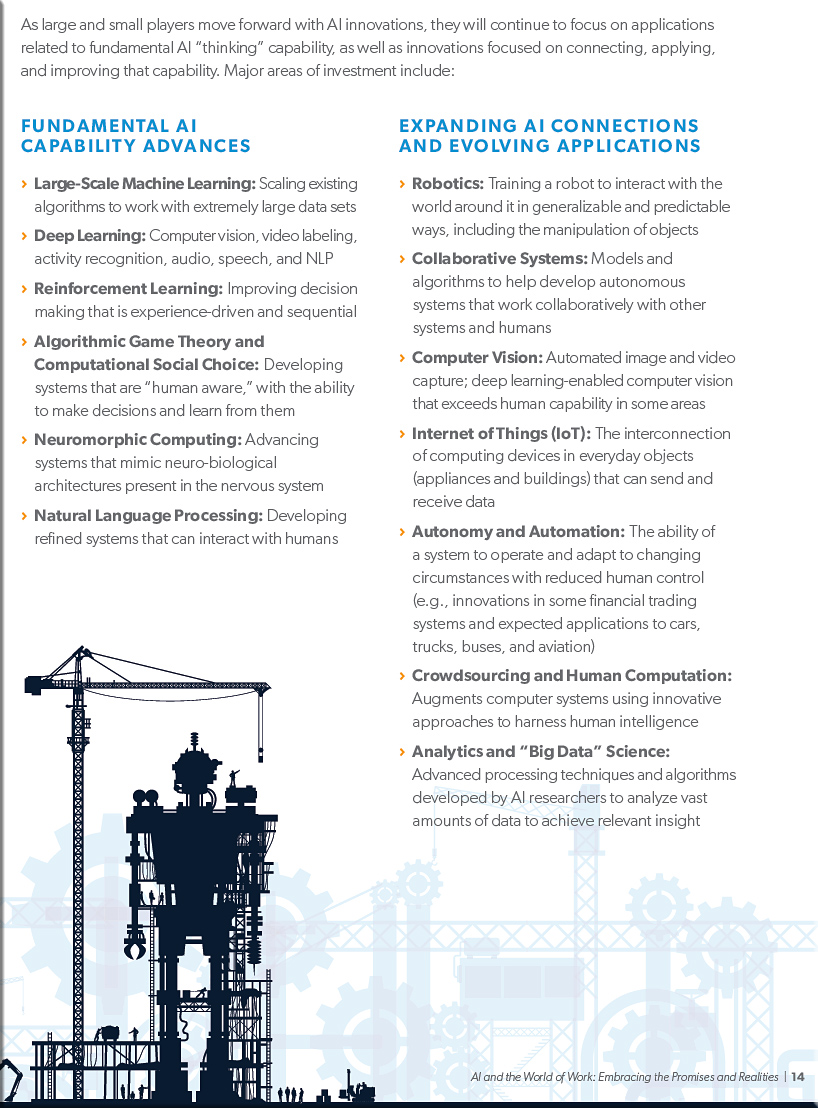
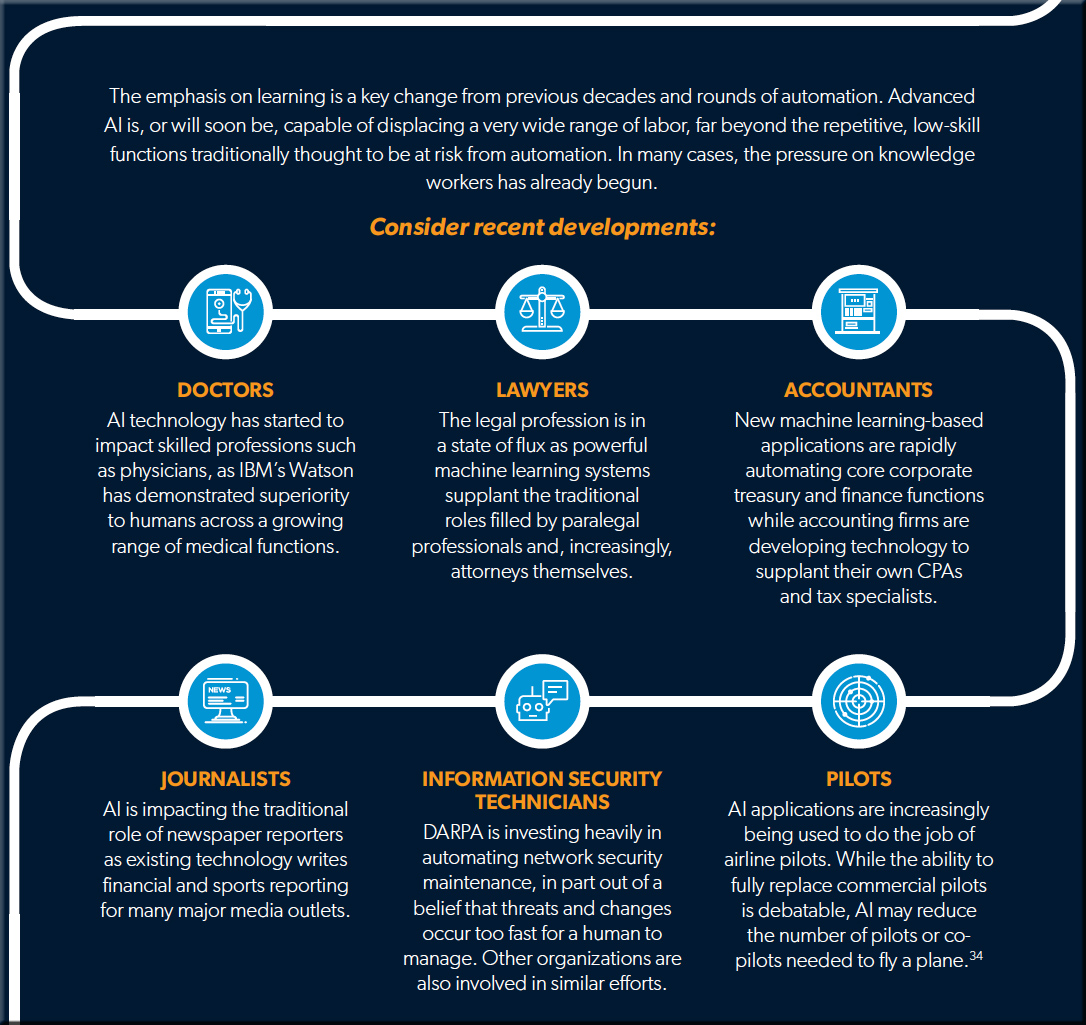
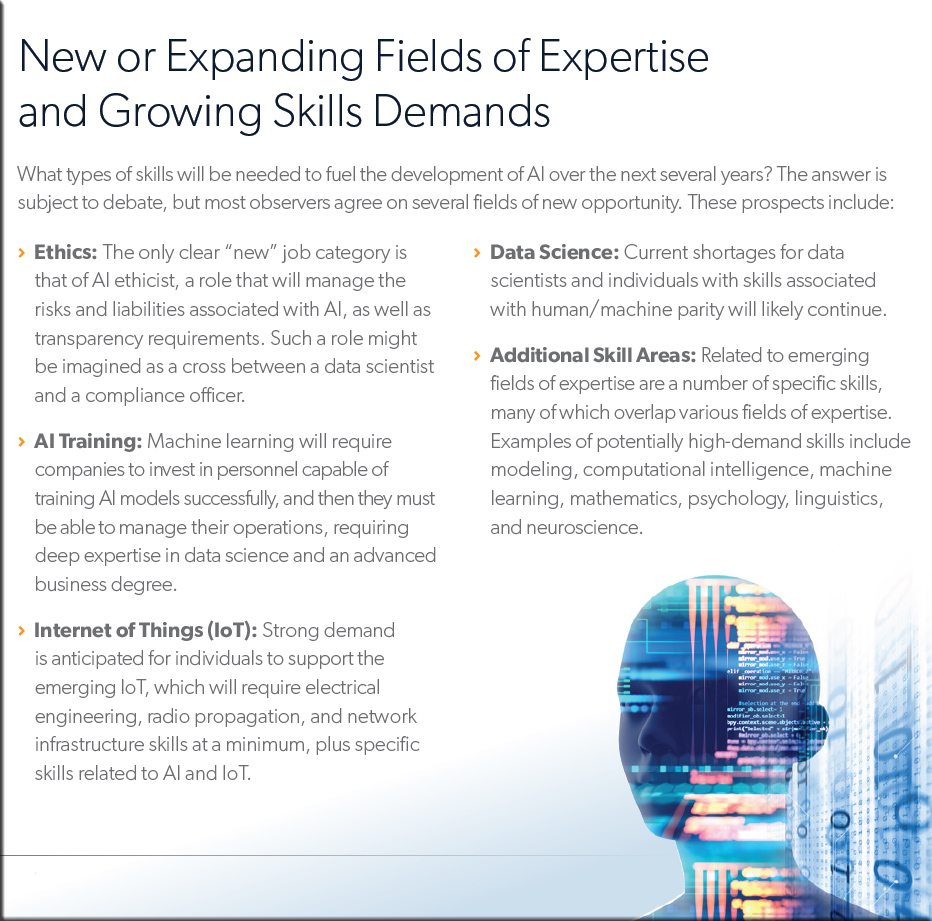


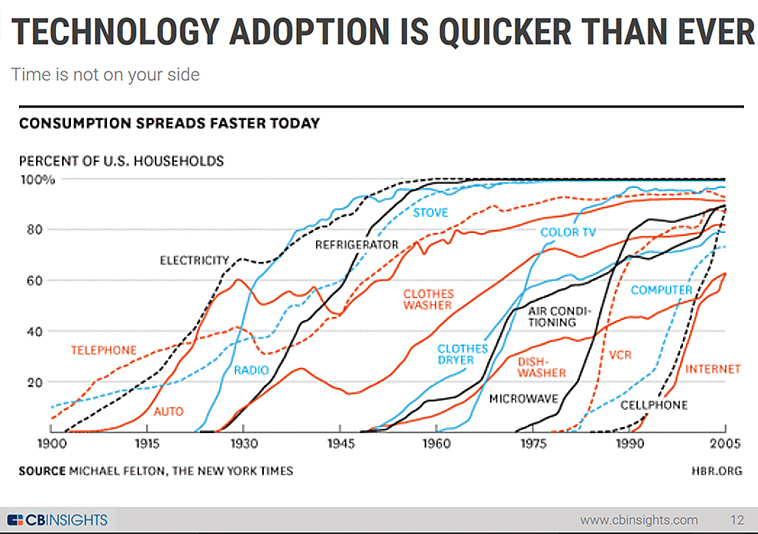


![The Living [Class] Room -- by Daniel Christian -- July 2012 -- a second device used in conjunction with a Smart/Connected TV](http://danielschristian.com/learning-ecosystems/wp-content/uploads/2012/07/The-Living-Class-Room-Daniel-S-Christian-July-2012.jpg)
